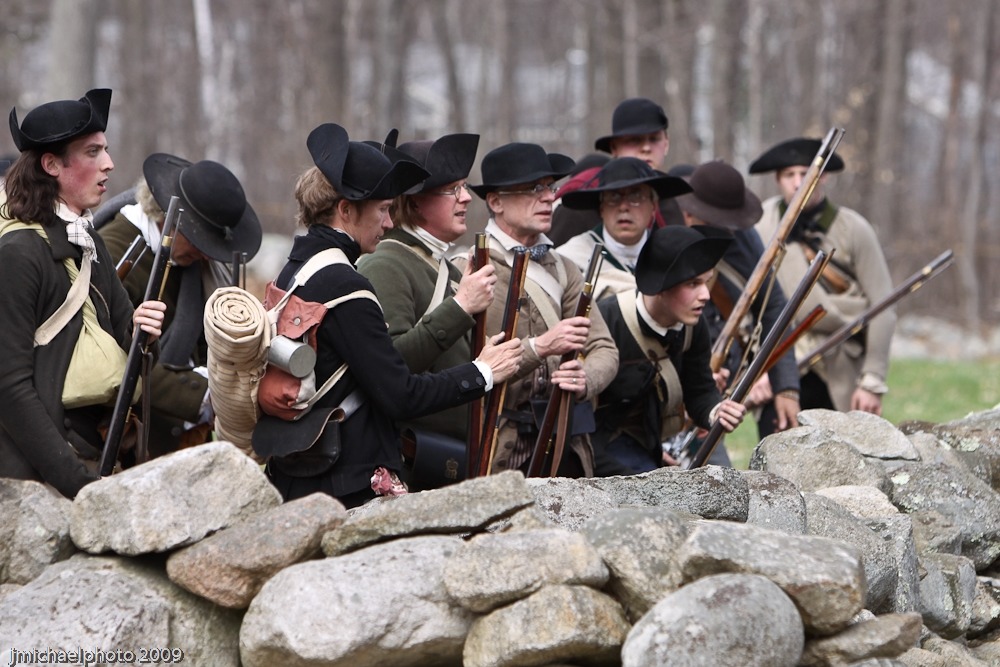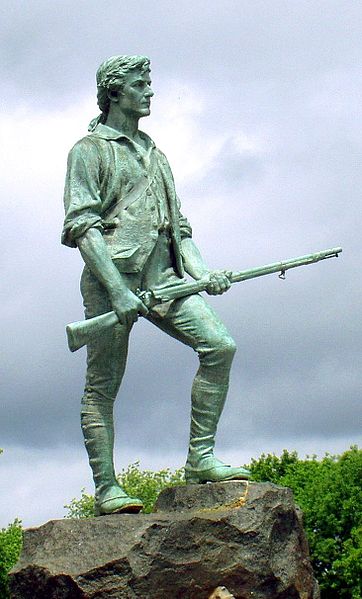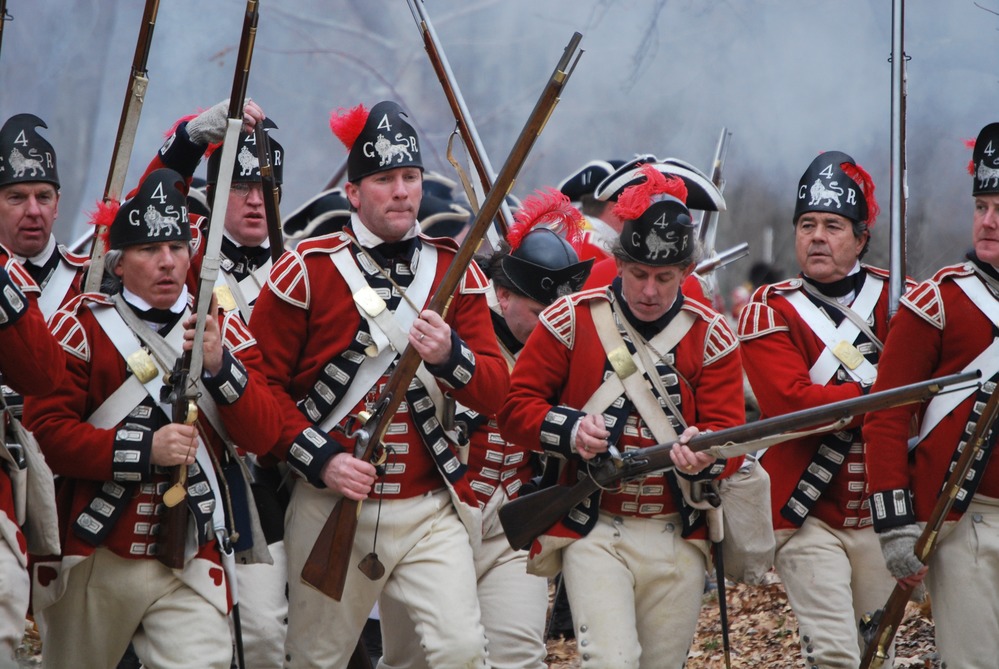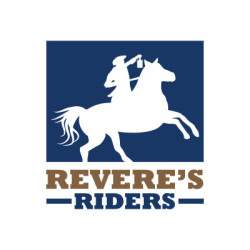Captain John Parker and the Battle of Lexington

April 19, 1775 found 77 “Minute Men” called out to Lexington Common by at least 3 “Alarm Riders” from Boston. The “Alarm Riders” were Paul Revere, William Dawes, and Samuel Prescott who went town to town on horseback letting colonists know “the Regulars are out” (at the time, all colonists considered themselves to be “British”).
In Lexington, Captain John Parker was awakened and began to gather the Lexington militia to face the British Redcoats. On several prior occasions, the British had mounted similar incursions outside of Boston in a search for firearms, gunpowder, and musket balls. The colonists anticipated that the British forces heading towards Lexington on this day were on a similar mission. An additional concern to the colonists was that two of their leaders, Samuel Adams and John Hancock, happened to be in Lexington as well.

Parker, even though debilitated with tuberculosis, was determined to stand against the British and prevent the confiscation of colonist’s property. His men gathered on Lexington Common with their muskets, cartridge boxes, haversacks of food and other supplies, and awaited a column of 700 or more British Redcoats. When the British marched into sight, Parker famously said to his men:
“Stand your ground, do not fire unless fired upon, but if they mean to have a war, let it begin here.”
— Captain John Parker
When the British arrived at Lexington Common, an officer (likely Major John Pitcairn) rode forward, waving his sword, and loudly ordered the colonists to “lay down your arms, ‘ye damned rebels”. None of the colonists complied; instead, Parker called for his men to disperse. Soon afterward, a shot rang out. Both the colonists and Redcoats hesitated, not knowing where the shot came from nor why it was fired. Soon, more Redcoats, perhaps believing they had missed the order to fire amidst all the yelling and confusion, fired their muskets. A ragged volley ensued followed by a bayonet charge by the Redcoats. The colonists fled for their lives but not before eight men were killed and ten wounded.
The initial confrontation between the British Redcoats and the colonists in Lexington was a rout. The British suffered only a single minor injury and continued on their way to Concord.
History was not done with Captain Parker, though. While the British were marching to Concord, Parker reassembled his men along with other Minute Men that had arrived from neighboring towns. When the British marched back to Lexington from Concord, Parker was laying in wait to revenge the deaths of his men earlier in the day. When the British marched by, hounded by militia from Concord, Parker and his men opened fire on them, wounding the British commander Lt. Col. Francis Smith in the thigh.
This skirmish is known as “Parker’s Revenge”.

A statue of a “Minute Man” stands in Lexington Common to commemorate the events of April 19, 1775. No likeness of Captain John Parker exists, but the statue is claimed to depict him. The official logo of the United States Army Reserve, which includes a Minute Man in colonial attire, is respectfully known as the “John Parker”.
Captain John Parker is one of the important figures in the Battle of Lexington but few Americans have heard of him today. Recently, though, Fox News published an article: Meet the American who led 77 Minutemen against 700 Redcoats at Battle of Lexington: Captain John Parker.
Parker would succumb to tuberculosis only months after the Battle of Lexington on September 17, 1775. He would never see the nation that formed in the ensuing years.
Bill Poole, former president of the Lexington Historical Society, had the following to say:
“Captain Parker stood in defiance of a very powerful military power, the most powerful nation on Earth. He stood for the rights of the community and the rights of the individual. He stood as a sick and weakened but powerful man for the rights of all Americans and, as such, should be held as a hero.”
— Bill Poole
Revere’s Riders tells the story of the Battles of Lexington and Concord and the “shot heard ’round the world” at our Rifle 125 event:






You must be logged in to post a comment.